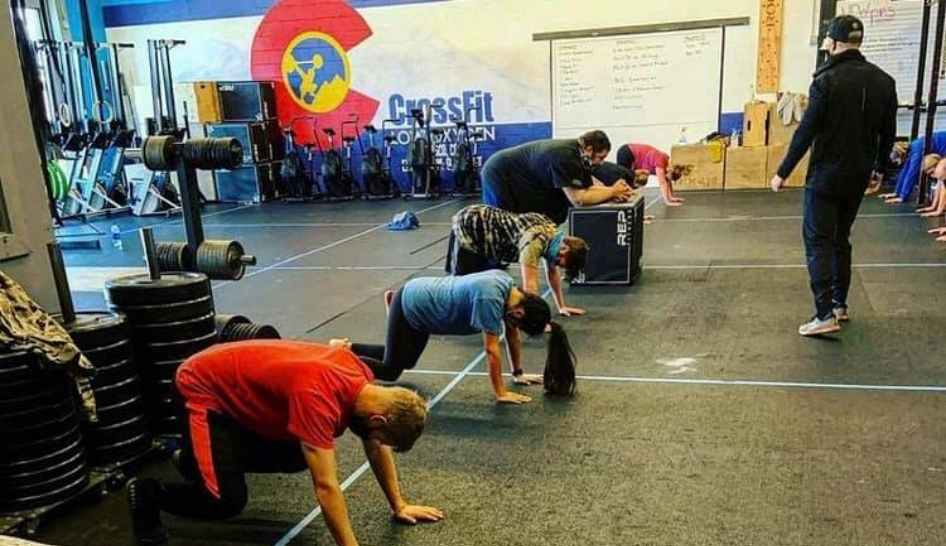After continuous years of exponential growth, the health and fitness industry was expected to soar to new heights in 2020. We all know how the year actually turned out. Through the pandemic there have been unfortunate events—closures, job loss, health implications, and deaths—but it hasn’t all been dreadful.
We’ve gathered a considerable amount of wins that health and fitness clubs and suppliers achieved in the past year. Reading these stories, IHRSA is optimistic about the future and expects that the fitness industry will bounce back stronger than ever.
Fitness Industry Growth in 2020
It certainly wasn’t an easy year for the fitness industry—thousands of gyms were forced to close their doors for good, file for bankruptcy, lay off staff, and much more. Despite these challenges, many clubs were able to come out more profound and expand their business—or just get started. In 2020, EoS Fitness opened their 24th location in Arizona, Orangetheory opened nearly three dozen studios, and a number of people opened their gym for the first time ever amid the pandemic.


